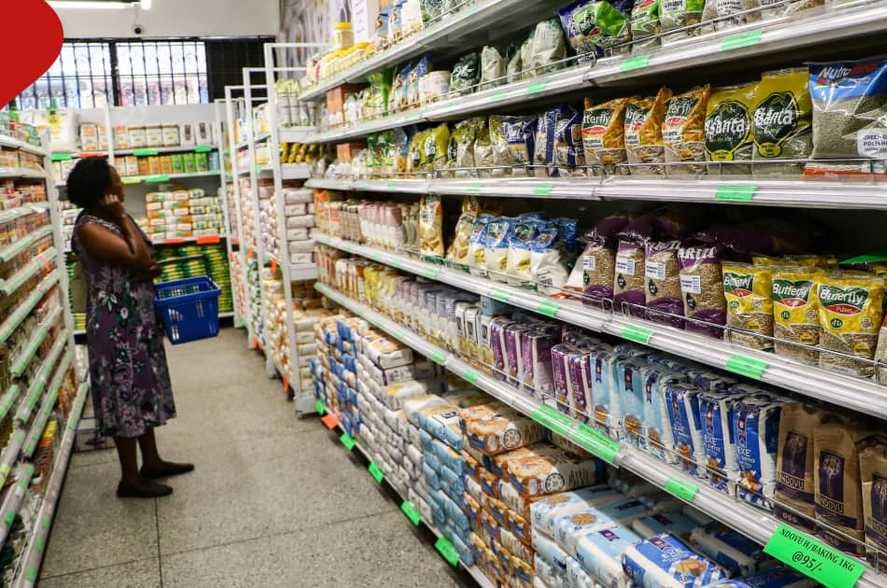Food inflation remains high despite overall stability - KNBS

Despite the stability, annual food inflation stayed high at eight per cent, continuing to strain household budgets.
Kenya’s inflation rate for October 2025 remained at 4.6 per cent as slight reductions in certain essential food items balanced increases in others, according to the latest data from the Kenya National Bureau of Statistics (KNBS).
The month-on-month rise in consumer prices was modest at 0.2 per cent, with the food and non-alcoholic beverages category, the largest component of household spending, recording a similar increase.
More To Read
- Gen Z redefines freedom as Kenya marks 62 years of independence
- FAO index shows decline in global food prices, except cereals
- World Bank warns political interference weakening Kenya’s state-owned enterprises
- KNBS data shows uneven food price shifts as inflation dips slightly
- World Bank upgrades Kenya’s growth outlook to 4.9 per cent, warns of elevated risks
- ODM at 20: Babu Owino warns of mass action over cost of living, questions new appointments
Despite the stability, annual food inflation stayed high at eight per cent, continuing to strain household budgets.
“The overall index increased from 146.56 in September 2025 to 146.84 in October 2025, resulting in a monthly inflation rate of 0.2 per cent. The increase in the general price level in the economy was the same during the month of September 2025 and October 2025 at 4.6 per cent,” KNBS said in its monthly update.
The statistics show a mixed picture in food prices. While staples such as maize flour and sugar became slightly cheaper, the cost of fresh vegetables and fruits went up.
A two-kilogram packet of sifted maize flour fell 2.3 per cent to Sh148.79, down from Sh152.28 in September.
Fortified maize flour dropped 2.2 per cent to Sh168.56. Prices for kale (sukuma wiki) and beans declined by 1.0 per cent and 0.6 per cent, respectively.
Sugar also became slightly cheaper, falling 0.5 per cent to Sh184.35 per kilogram.
On the other hand, prices for fresh produce increased. Tomatoes went up by 1.2 per cent to Sh87.88 per kilogram, cabbages rose 1.4 per cent, and potatoes gained 1.6 per cent.
Oranges recorded the biggest monthly jump, climbing 4.2 per cent to Sh115.54 per kilogram, the highest increase among all tracked food items.
Non-food prices also contributed to overall inflation. Household electricity tariffs rose, with 200 kWh increasing 3.0 per cent to Sh5,764.15 and 50 kWh going up 3.3 per cent to Sh1,315.80.
Petrol and diesel costs remained stable at Sh185.59 and Sh172.64 per litre, respectively.
Despite these movements, KNBS said inflationary pressure remains manageable, thanks to stable fuel and transport prices.
Most of the inflation was linked to food, housing, and transport, which together make up more than half of the consumer basket.
Core inflation, excluding volatile items like food and fuel, eased to 2.7 per cent in October from 2.9 per cent in September, pointing to steady underlying price trends.
Top Stories Today












































